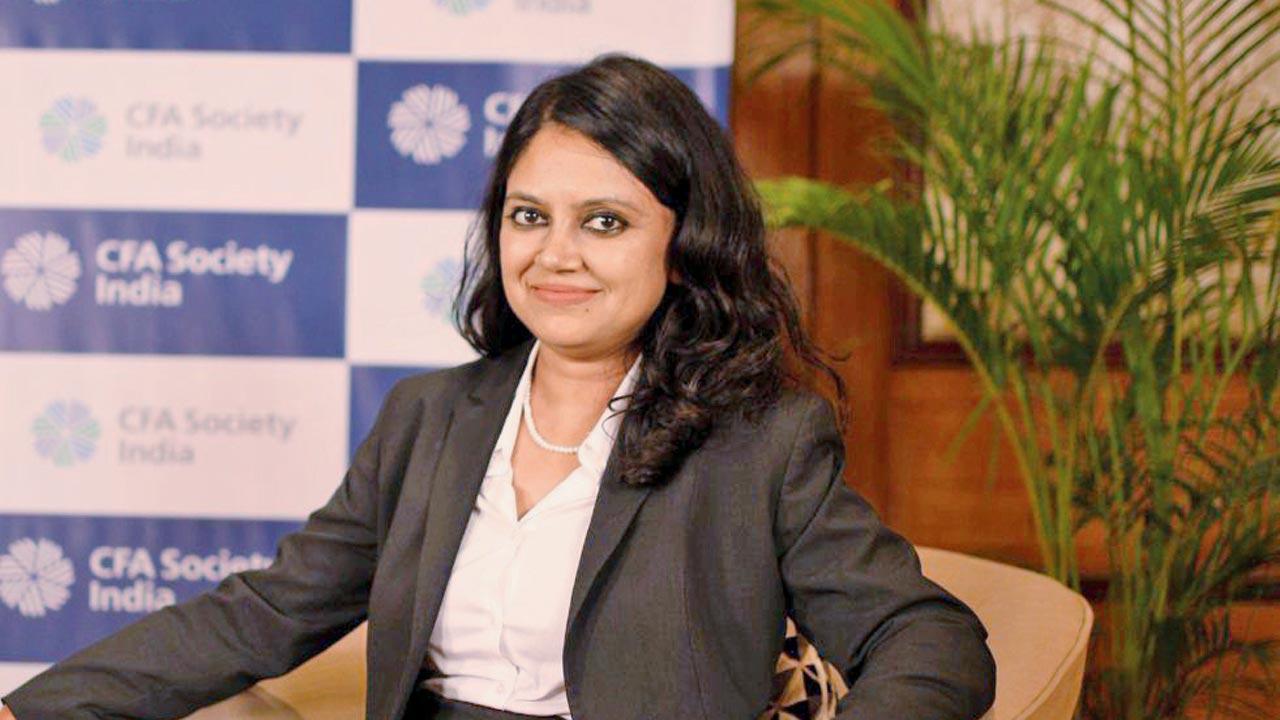After BCCI’s recent announcement that India’s female cricketers will receive equal pay as their male counterparts, experts from the corporate sector share observations on pay parity and necessary corrections

Representational pic
Work in progress
ADVERTISEMENT

Garrgee Deshmukh, general manager, HR
Most large companies are certified by international organisations that demand companies look closely at factors like gender pay parity. This ensures close monitoring and measuring. Measurability is the first step to incorporating gender equality in policies of pay.
India has witnessed an increase in women intake across engineering campuses, which raises the ratio of employees hired from campuses. When it comes to senior-level hiring, focusing on women candidates is a mandate at most large organisations. This creates a demand for such profiles and reflects in pay package negotiations.
A key change that needs to be enabled is a shift from discussing gender-based pay parity to collective focus on equal representation
and remuneration for work.
Steps to change

Alex Emmanuel, founder director of People Plus (India), formerly vice president, group HR, Tata Sons Ltd
Barring a few companies, equal pay is not practised across the board by most large corporations, even though many claim to provide equal compensation for men and women. If you check the records, the reality will differ. Change will come when the organisation values equality and upholds it. Steps to do so include defining the organisation’s value system and setting the commandments of dos and don’ts across management levels to abide by. This must be published and be made public to ensure accountability. Secondly, decide on salary bands for job profiles. If the duties and responsibilities are similar, the compensation should also reflect it. Lastly, women are pushed out of jobs due to lesser pay and denied promotions or increments based on prejudices, maternity leave or the fact that companies don’t want to provide transportation for late working hours or travelling, and other personal biases. Such biased mindsets must also be corrected.
A long way to go

Jolly Balva, financial services professional
The common practice in India is to base salary negotiations entirely on the previous cost to company drawn by the candidate. This can disadvantage those who have been short-changed even once in their career, mostly due to gender pay, according to several surveys and studies. Instead, companies can choose to work with a pay range for a particular job role, and offer salaries by matching the candidate’s skills, knowledge and experience.
India is at the bottom rung particularly on ‘Economic Participation and Opportunity’, according to the Gender Pay Index by World Economic Forum. To ensure equal pay, an entire paradigm shift is required. Organisations can work towards improving their policies with regards to hiring, opportunities, retention, and promotions, and check for unconscious biases across these processes. There is also a need to improve awareness and provide training to leaders within the organisation on these aspects.
Let’s talk about it

Purnota Dutta Bahl, founder and CEO of Cuddles Foundation
There is a massive gap in the average of what men and women earn, respectively. This ties back to systemic issues. First is the disparity in professions. Men are encouraged towards high-paying industries like technology, finance, and start-ups, and from an early age, women are encouraged to take the softer subjects. Secondly, since women have an unequal share in childcare, they are forced to drop out of the workforce. It’s a no-brainer from there to trace other issues when it comes to unequal pay and opportunities for promotions. If you compare apples to apples, men and women at the same job profile might make similar earnings, but that’s not always straight forward. It’s also harder for women to reach that level, let alone negotiate what they deserve. The first step towards change is conversation, especially with business owners.
 The triumphant Indian women’s cricket team at the 2022 Asia Cup earlier this month. Pic Courtesy/ @JayShah on Twitter
The triumphant Indian women’s cricket team at the 2022 Asia Cup earlier this month. Pic Courtesy/ @JayShah on Twitter
Making progress

Germaine Pereira, partner, Solomon & Co. Advocates & Solicitors
BCCI’s announcement is a proud moment for sportswomen because otherwise, it was sad to see that women cricketers weren’t compensated in the same bracket. The same should apply for Indian women who play other national-level sports. In white-collar sectors and corporate industries, there isn’t much of a difference in pay packages. To ensure parity in pay, a review is needed to identify gaps in remuneration structures, and a standard can be set in place irrespective of gender. Corporates can implement regular training, mentorship, and professional development to ensure that no inequality and biases arise.
Legislative support

Vaidehee Chhatre Kotegar, founder and partner, ConsultCorp Legal
Although most MNCs have been revising their policies, there are many mid-sized and local companies in the corporate sector that are very prejudiced in their approach towards women — from selection to payments and maternity leave. Indian law has been revised time and again to improve this situation. For instance, the Equal Remuneration Act, 1976 explicitly addresses unequal pay and also lays down penalties in Section 10 of the said Act. Some time ago, the Supreme Court passed a judgement based on this issue in the case of the State of Punjab and Others versus Jagjit Singh and Others, where it was held that an employee engaged for the same work cannot be paid less than another who performs the same duties and responsibilities, and certainly not in a welfare state.
I also want to highlight that Article 14, 15 and 16 of the Indian Constitution guarantees the fundamental rights of equality before law, protection against any kind of discrimination and equal opportunities in the matters of public employment.
Despite these efforts, awareness must be created at the grassroots level through radio, television and newspapers, about the changing policies because many people continue to be unaware of their rights due to a lack of access to information. Families and children must be taught the importance of the financial independence of women. Most importantly, secondary income holders of houses (mostly women) must be given further tax benefits. These are a few of the numerous aspects that can be helpful, keeping in mind that women continue to face many struggles at their workplace.
 Subscribe today by clicking the link and stay updated with the latest news!" Click here!
Subscribe today by clicking the link and stay updated with the latest news!" Click here!







